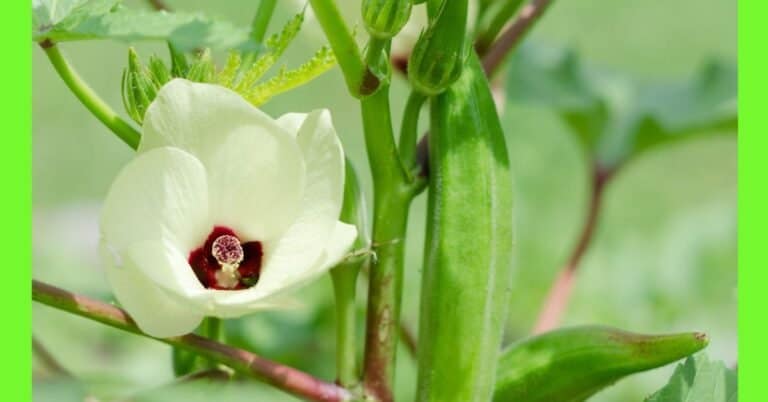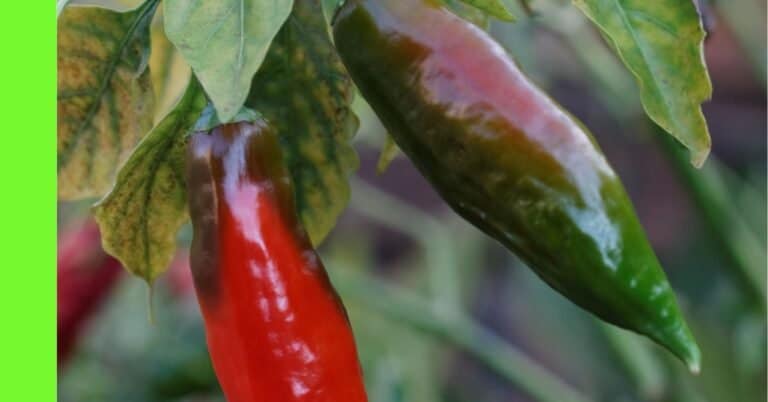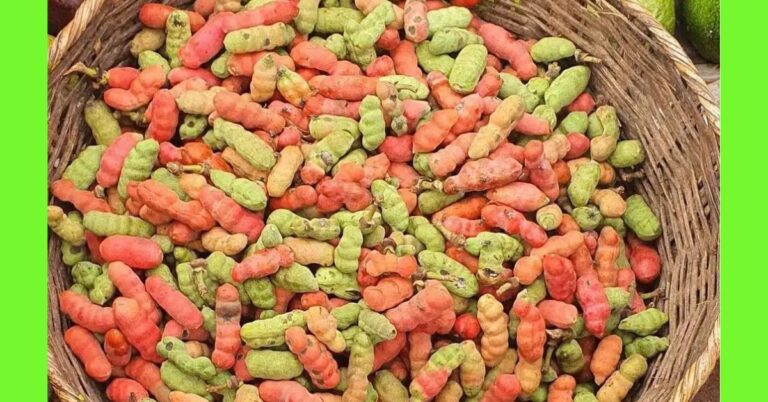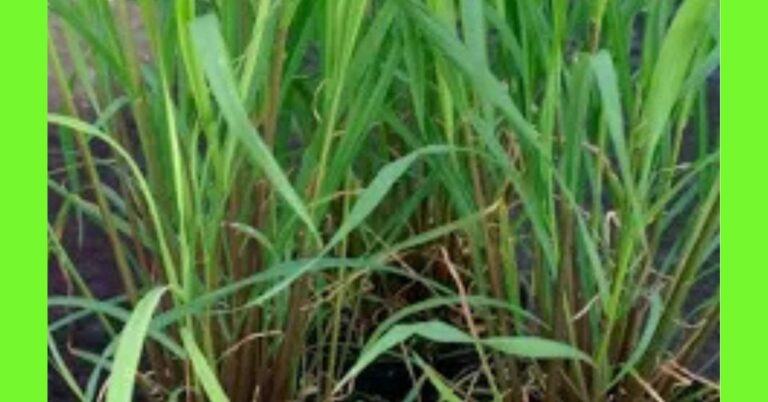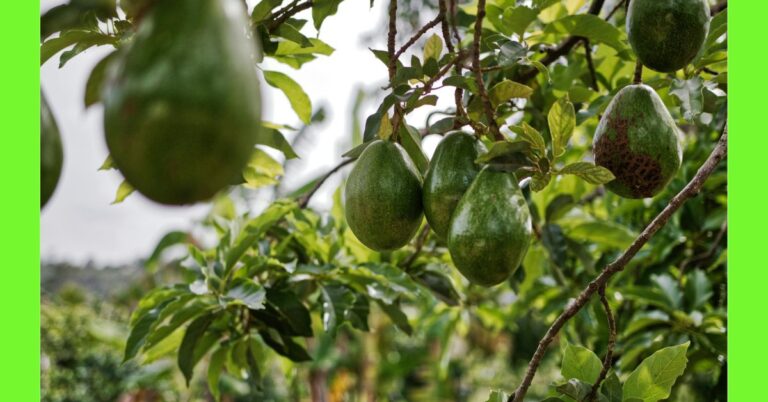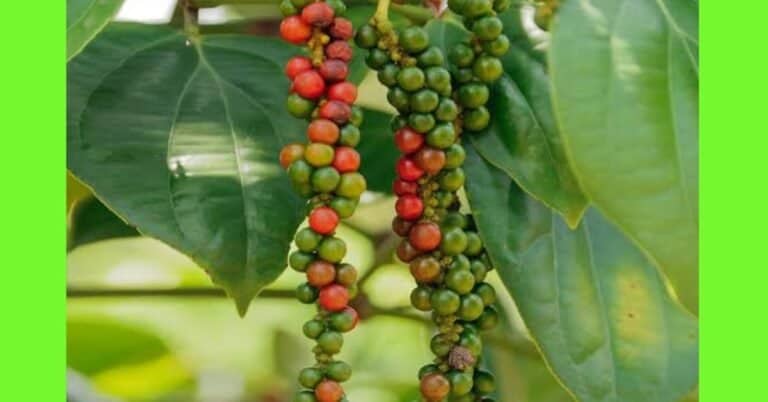Planting Plantain: See How To Plant Plantain

Do you love the idea of fried plantain, plantain porridge, roasted plantain and other delicacies you can make with plantain?
Then I am sure you’ll love to grow your own plantain to enjoy these delicacies without limits.
And if your intent is for commerce, growing plantain for sales is lucrative.
In this article I’ll be showing you how to grow plantain.
Plantain (Musa paradisiaca) is a crop grown in Nigeria and enjoyed as food in various ways,
Some of which have been mentioned earlier, some even process it to make plantain flour for swallow.
Unlike banana a relative of plantain that is eaten raw,
Plantains are cooked before eating, but ripe plantains can be eaten raw.
Plantain and banana have lots of similarities but are also different in some ways.
See also how to plant bananas.
Description of Plantain Plant
Plantain plants are considered to be giant herbs that resemble trees.
These plant spring from an underground stem.
These stems are pseudo stems and this stem produces a group of flowers with which the fruit develops.
The leaves reach up to 1.5 m (5 ft) in length and up to 0.6 m (2 ft) in width.
The tree can reach heights between 2 m (6.5 ft) and 6 m (20 ft)
They are perennials belonging to the family of Masaceae.
The leaves are light green in colour and arranged in a spiral pattern,
They are oblong or elliptical in shape,
It has simple leaf, the leaves are smooth and broad
plantain leaves are made up of the stalk and blade,
It’s the base of the stalk that forms the sheath, this envelope of stalks form the trunk.
The plant has about 8 to 12 leaves
The flowers are yellowish white and are been protected by a purple – red husk
This husk occurs at the end of a long stalk
From it emerges the flowers which produce bunches of 30 to 50 or more individual fruits.
The fruits are long, between 15 cm – 30 cm in length. They are have a yellow flesh when peeled
The outer skin is green when unripe and turns yellow and black when ripe.
Planting Season for Plantain
Plantains can be planted at any time of the year but it’s best to plant it during the rainy season between April – September,
Planting outside the rainy season will require irrigation.
Planting Plantain
Step 1 – Choose a Location
Choose a location that receives good amount of sunlight
Select a location with ample space
Choose a place with well drained soil, be sure the location is not waterlogged.
The best type of soil for growing plantain is loamy soil..
Step 2 – Land Clearing and Preparation
Before you plant, clear and prepare the soil for planting
Cut down shrubs and grasses, remove any dirt such as nylons or paper
Till the soil to loosen it,
Apply manure and incorporate it into the soil.
Step 3 – Means of Propagation
Plantains are propagated through suckers (rhizomes),
The suckers are shoots that emerge from a matured plantain plant
These are uprooted and planted in a new location.
Step 3b – Sucker Selection when Planting Plantain
Decide on the variety of plantain to grow as there are lots of different varieties
Examples are:
- Giant Elephant Sucker
- Uprooted Sucker
- Tissue Culture Sucker
You can also source from a farm or garden and uproot suckers from an existing matured or parent plantain plant.
Try to get young suckers with a few starting leaves as these have more potential of producing more than those older ones with many leaves.
This method is not encouraged when growing crops in commercial quantities.
For best result and yield
Purchase the suckers from a garden or farm store,
Make sure to select healthy and disease free suckers,
For untreated suckers treat the sucker or cut suckers with wood Ash.
Step 4 – Plant the Sucker
Dig out the land portion you want to plant in.
The depth should be 30 cm (1 ft) – 60 cm (2 ft) this varies and depends on the size and length of the plantain sucker.
Add manure and topsoil into the portion that was dug to fill up about half of the hole
Bring your sucker and place into the hole,
dig in from around the hole to cover the hole.
With a farm tool or your legs make the soil around the plant firm to secure the sucker and keep them upright.
Spacing between plantain plants ranges from 1.5 m (5 ft) to 3 m (10 ft) between plants depending on the variety.
Step 5 – Watering
Water immediately after planting
Plantains need more water at the early stage of growth
Watering should be done every 2 to 3 days.
If planting was done during the rainy season there may be no need to water since the rains are doing the job.
Except where the rains have not been present for a good while, ensure to water the plant.
Step 6: Apply Manure
Apply manure after clearing the site
When planting the suckers
Plantains need a good amount of potassium, nitrogen, magnesium, calcium and phosphorus.
Applying manure to the soil is the way to provide this nutrient for the plant
Farmyard manure is appropriate for plantain plants.
Step 7: Weeding
Weed regularly especially at the early growth period of the plant
As it begins to grow and produce leaves they serve as shade and prevent weed growth.
Mulching is a good way to control and prevent weed.
Do not allow weeds to compete for nutrients with the plant.
Step 8: Stacking
Because the stems of plantain plant are not so strong they are sometimes affected by the wind
This is not always the case.
or if the plantain fruit is heavier than the stem can carry
under this conditions the plant will require staking
a bamboo stick or rod can be used for it.
Maturity and Harvest
Plantain plants produce about a year after planting.
The plantains are usually harvested green and allowed to ripen off the tree
After the fruits become visible on the tree it takes about 4 – 6 months to come to full maturity for harvest.
Fully matured plantain for harvest the flowers at the tip are completely dry and the fingers are well rounded.
To harvest, use a cutlass to cut off the full bunch stalk from off the tree.
After harvesting cut down the tree, the plantain plant produces only one fruit per plant
Giving room for the other plantain plants to grow.
The plants cut down are used for mulching in the farm.
Each matured plant is usually replaced by new plants that spring up from the parent plant.
And the circle continues that way.
This is the same with banana plants as well.
Pest and Diseases
Some of the pest and diseases that affect plantain include
Pest
- Weevil
- Aphids
- Nematodes
- Beetle
- Thrips
Diseases
- Anthracnose
- Fusarium Wilt
- Black Sigatoka
- Rhizome Rot
- Bunchy Top
Pest and Disease Control
- Increase plant spacing
- Plant healthy plant materials
- Plant less susceptible varieties, plant disease resistant varieties
- Crop rotation
- Weeding
I hope you found this article helpful?




